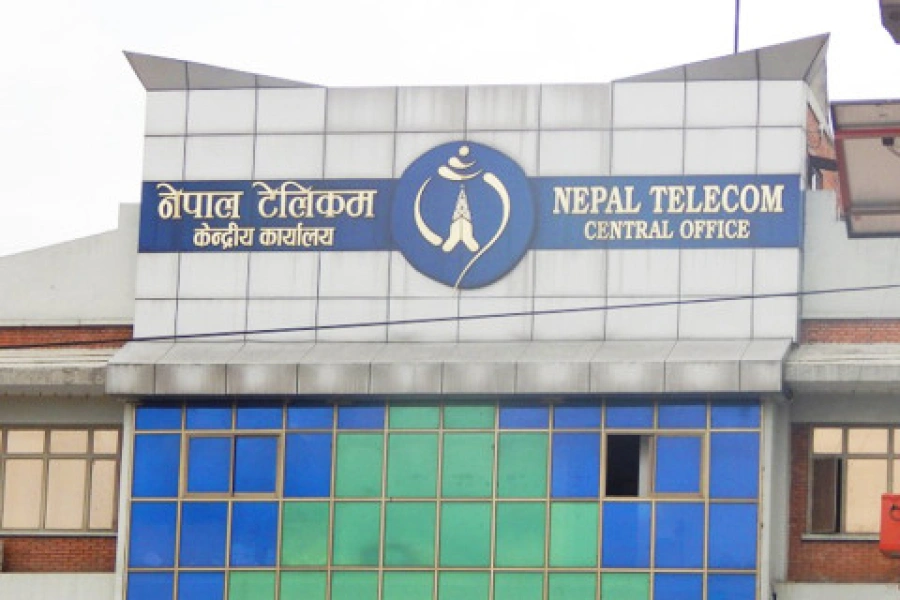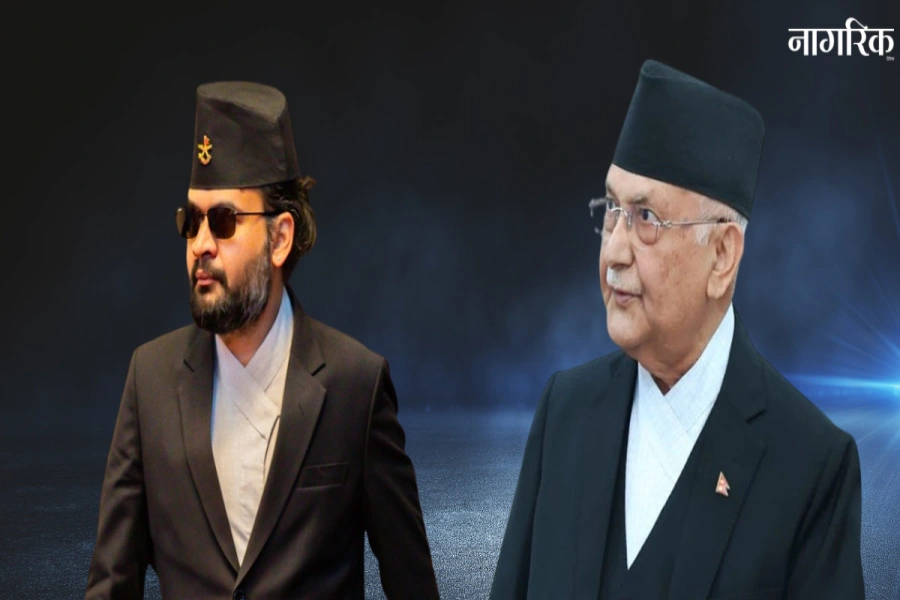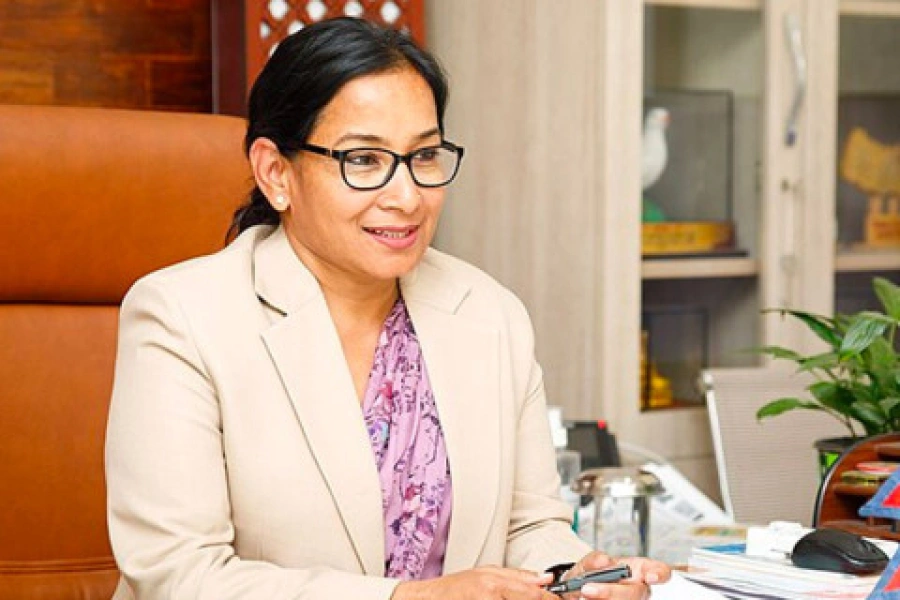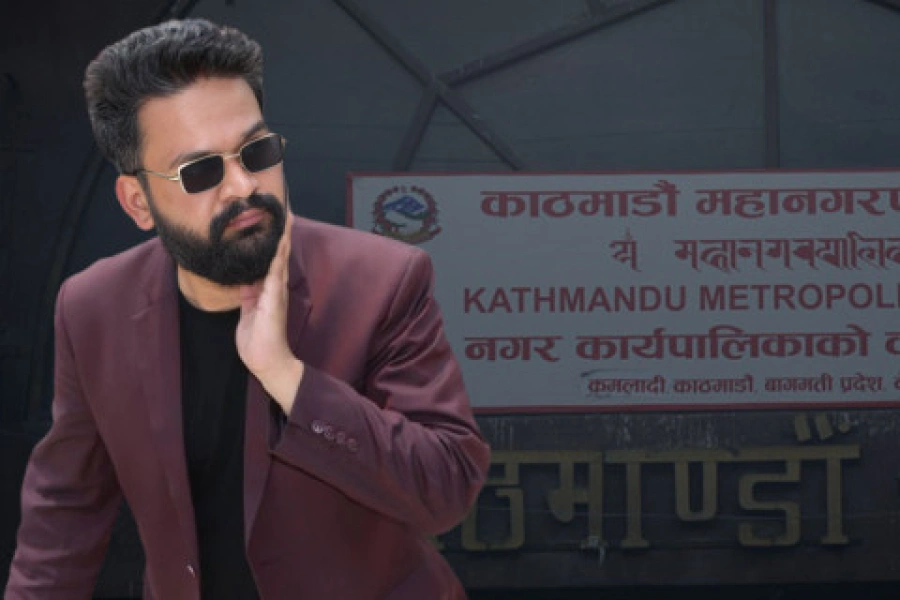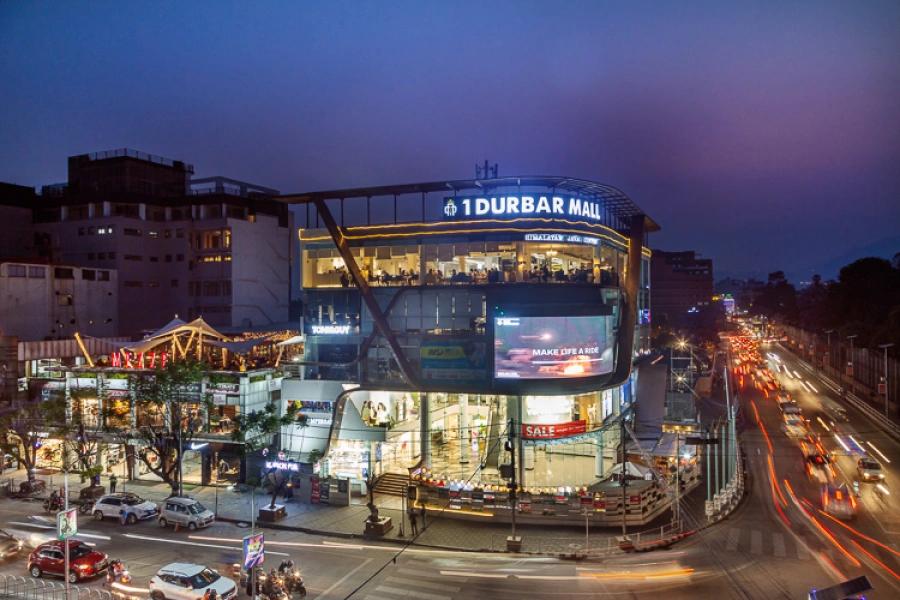Monsoons in Nepal are a bit like the Hollywood film, Groundhog Day. The basic narrative of the film is that a weatherman finds himself reliving the same day over and over again. In our case, it’s us reliving the monsoons in exactly the same manner – year after year, after frustrating year. The monsoon brings with it a deluge in more ways than one – not only in the form of floods and landslides but a steady stream of bad news as accidents and weather related tragedies and stories of displacement unfold in various parts of the country.
That a natural phenomenon becomes a national calamity every year is down to our lack of preparedness and planning. Logic would dictate that after so many years of unfortunate experiences, we would have some sort of disaster preparedness mechanism in place to deal with what is an annual occurrence. Yes, we have learned a few lessons from 2017, and there is some level of readiness but nowhere near enough to tackle the scale of the problem that we face every year.
Every year, before, during and after this annual inundation in the capital and other parts of the country, newspapers, television and other media will belabor this very point – our lack of planning and any type of preventive initiatives in the build-up to this season. It’s getting to the point that you could formulate a script beforehand, in writing or reporting about our administration’s ineptitude in dealing with natural disasters. That is not to say this is exclusively the incompetence of the current administration – all the ones before this have only paid lip service to disaster management. Although Oli, in particular, really could have done without his ‘ships’ claim, which has become the subject of unending ridicule on social media now.
From Apes to Leonardo Da Vinci
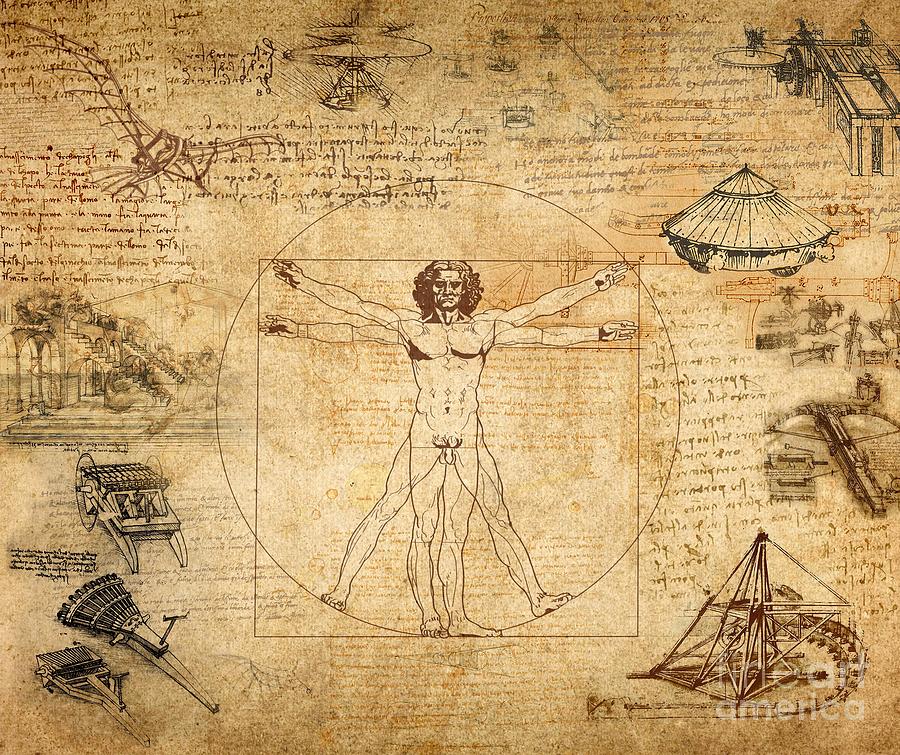
While the federalism exercise as a whole has been ticked off on paper, it’s yet to reflect in real world execution. And nowhere is this more apparent than in disaster management. At the local level, there is little to no preparation, knowhow or indeed functioning state apparatuses to deal with large-scale emergencies. Even those authorities that maintain some level of preparedness will focus mainly on relief operations and rarely beyond that due to budget, knowhow and other constraints.
It’s of no use simply laying out mitigation and management policies – action is the need of the hour. For reasons only known to the government the National Disaster Risk Reduction and Management Authority (NDRRMA) – the authority meant to integrate all risk management efforts, still remains headless. This apparent lack of urgency in planning for a state of readiness is directly related to the people it affects. Often, it’s people living in the floodplains and the poorest who bear the brunt of this seasonal deluge and they probably figure at the end of the list of priorities for our kleptocracy.
As we make slow progress on the path to ‘development’, these incidents of flooding will only get worse. In Kathmandu, continued haphazard urbanization and encroachment of riverbanks mean that in the coming years the seasonal deluge is likely to be magnified and lead to more trouble than just temporary inconveniences. In the Tarai, construction of roads and other infrastructure like embankments prevents natural water runoff and drainage resulting in what feels like increasingly severe flooding year on year. Add to this mix, the very real effects of climate change when we are seeing more instances of concentrated bursts of rainfall leading to flash flooding and we are slow walking ourselves to a repeat of a large scale disaster like we say in 2017.
There is very little in terms of lasting impact the government can now make for this particular season apart from being reactive and focusing on relief and rehabilitation efforts. While we have made some progress in areas of policymaking (various Disaster Risk Reduction plans) and monitoring through Nepal Disaster Risk Reduction Portal, very little is being done on the ground to combat issues that directly impact the country every year. But it’s never too late to start for the next season. If we don’t, we will end up like the weatherman in the film I alluded to earlier – reliving not just a day but the tragedies of an entire season all over again next year.
The writer loves traveling, writing, and good food when he is afforded an escape from the rat race. He can be contacted at gunjan.u@gmail.com







